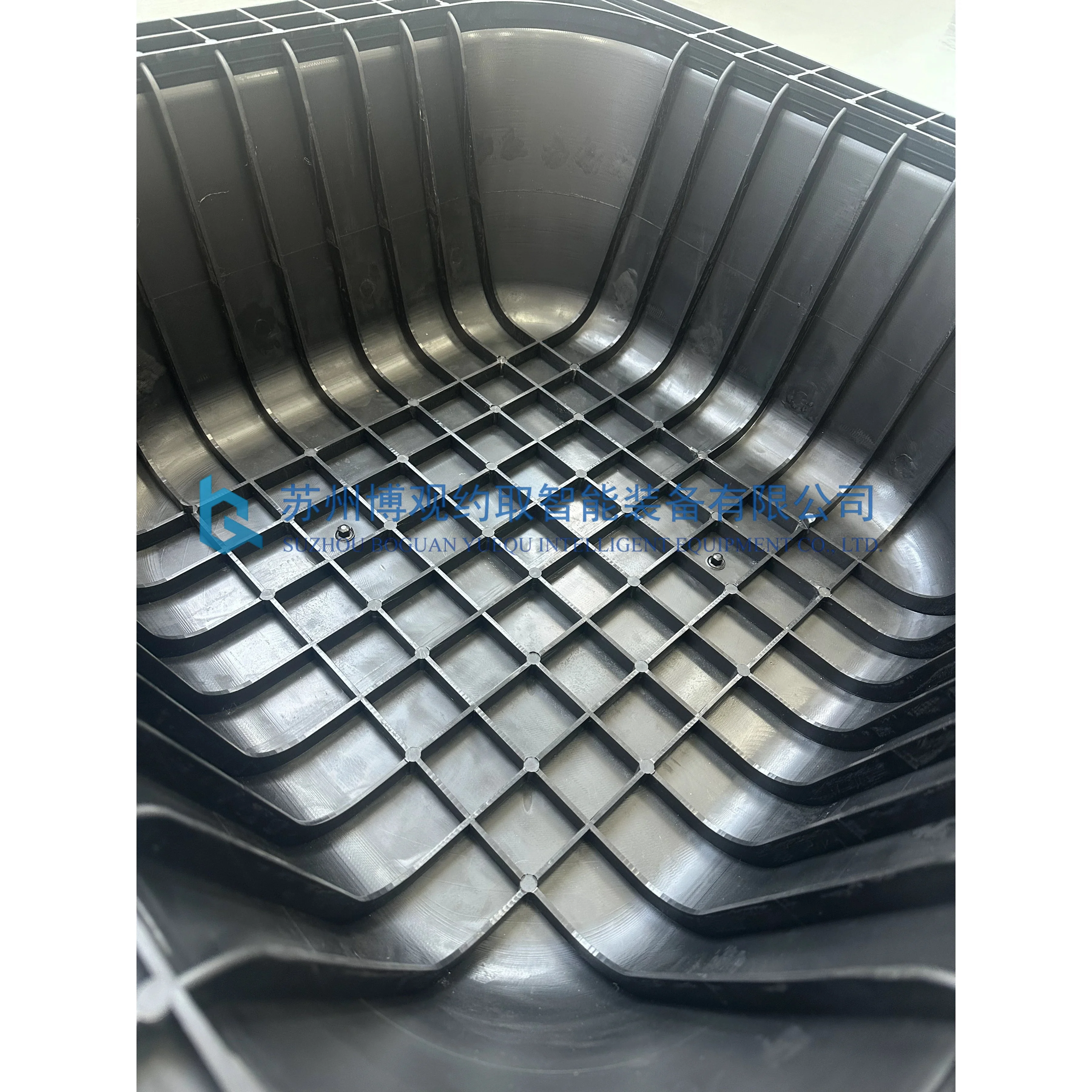Mastering Foundation Integrity: Comprehensive Strategies to Waterproof a Leaking Foundation
A leaking foundation can be a homeowner's worst nightmare. Not only does it compromise the structural integrity of your home, but it can also lead to significant water damage, mold growth, and costly repairs. Understanding how to effectively waterproof a leaking foundation is crucial for maintaining a safe and healthy living environment. This article delves into advanced methods and techniques for waterproofing, ensuring that your foundation remains dry and secure.
Understanding the Causes of Foundation Leaks
Before diving into waterproofing solutions, it's essential to identify the underlying causes of foundation leaks. Common culprits include:
- Poor Drainage: Inadequate drainage systems can lead to water pooling around the foundation, increasing hydrostatic pressure and causing leaks.
- Soil Erosion: Over time, soil can erode due to heavy rainfall or improper landscaping, compromising the foundation's stability.
- Cracks and Gaps: Natural settling of the house can create cracks in the foundation, allowing water to seep through.
- High Water Table: In areas with a high water table, groundwater can exert pressure on the foundation, leading to leaks.
Step-by-Step Waterproofing Techniques
- Assessing the Damage
Before implementing any waterproofing measures, conduct a thorough inspection of the foundation. Look for visible cracks, damp spots, and signs of mold or mildew. Use a moisture meter to assess the level of dampness in the walls and floors. This assessment will guide your waterproofing strategy.
- Improving Drainage Systems
Effective drainage is the first line of defense against foundation leaks. Here are some strategies to enhance drainage:
- Install Gutters and Downspouts: Ensure that gutters are clean and downspouts direct water at least six feet away from the foundation.
- French Drains: Consider installing a French drain system around the perimeter of your home. This involves digging a trench, laying perforated pipe, and covering it with gravel to redirect water away from the foundation.
- Sump Pumps: In areas prone to flooding, a sump pump can be an effective solution. It collects excess water and pumps it away from the foundation.
- Sealing Cracks and Gaps
Once drainage is addressed, focus on sealing any cracks or gaps in the foundation:
- Epoxy Injection: For larger cracks, epoxy injection is a reliable method. This involves injecting a specialized epoxy resin into the crack, which expands and hardens, creating a waterproof seal.
- Hydraulic Cement: For smaller cracks, hydraulic cement can be applied. This type of cement expands as it cures, effectively sealing the crack and preventing water infiltration.
- Applying Waterproof Coatings
After sealing cracks, consider applying waterproof coatings to the exterior of the foundation:
- Liquid Waterproofing Membrane: This product can be brushed or sprayed onto the foundation walls. It creates a seamless barrier that prevents water from penetrating.
- Bituminous Coating: A bituminous coating is another option that provides excellent waterproofing. It is typically applied in two coats for maximum effectiveness.
- Landscaping Considerations
Proper landscaping can significantly impact foundation waterproofing:
- Grading: Ensure that the ground slopes away from the foundation. A slope of at least 6 inches over the first 10 feet is recommended.
- Plant Selection: Avoid planting large trees or shrubs near the foundation, as their roots can disrupt the soil and lead to erosion.
Maintenance and Monitoring
Waterproofing a leaking foundation is not a one-time fix; it requires ongoing maintenance and monitoring. Regularly inspect your foundation for new cracks or signs of moisture. Additionally, keep gutters and drainage systems clear to prevent future issues.
Conclusion
Waterproofing a leaking foundation is a multifaceted process that requires careful assessment and implementation of various strategies. By addressing drainage issues, sealing cracks, applying waterproof coatings, and considering landscaping, homeowners can effectively protect their foundations from water damage. Remember, proactive maintenance is key to ensuring the long-term integrity of your home. If the task seems overwhelming, consulting with a professional waterproofing contractor can provide tailored solutions and peace of mind.


